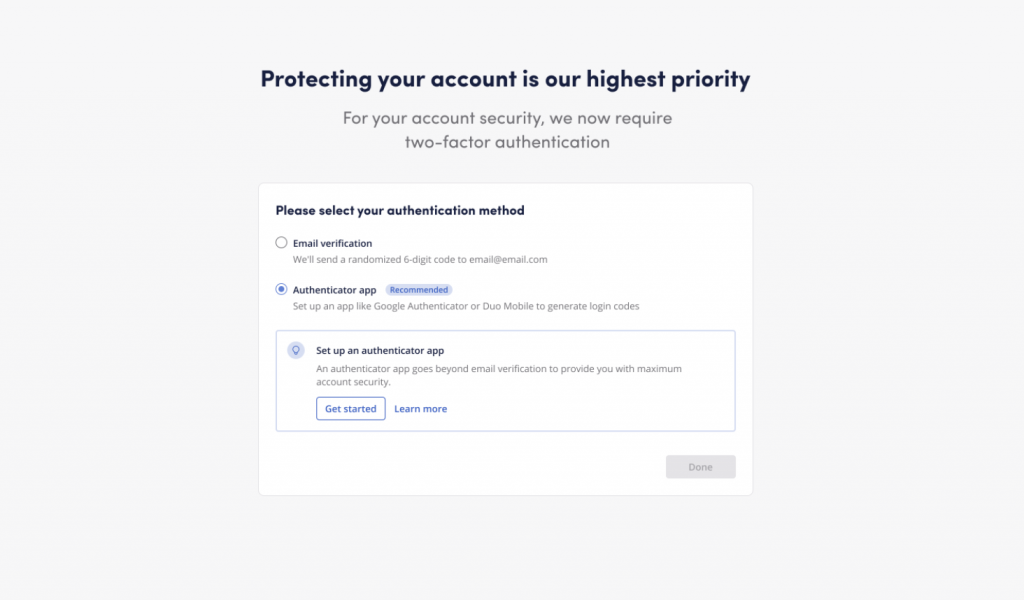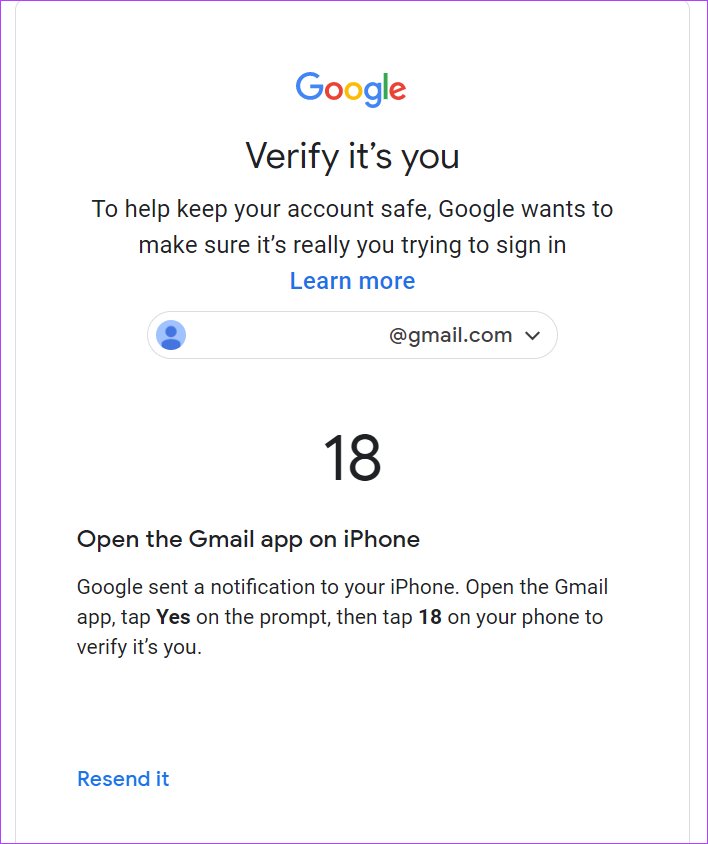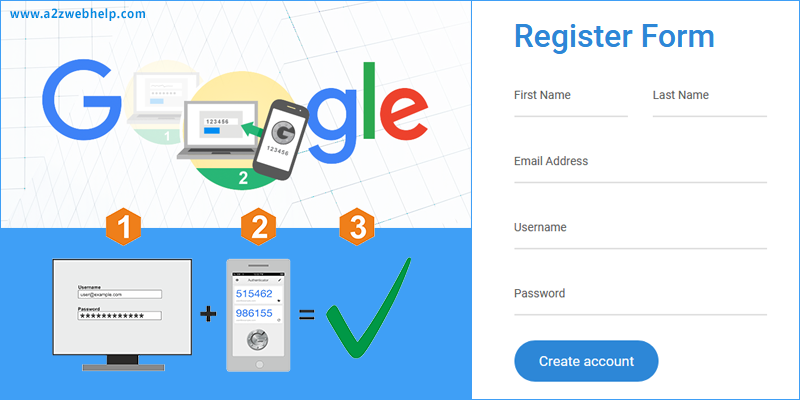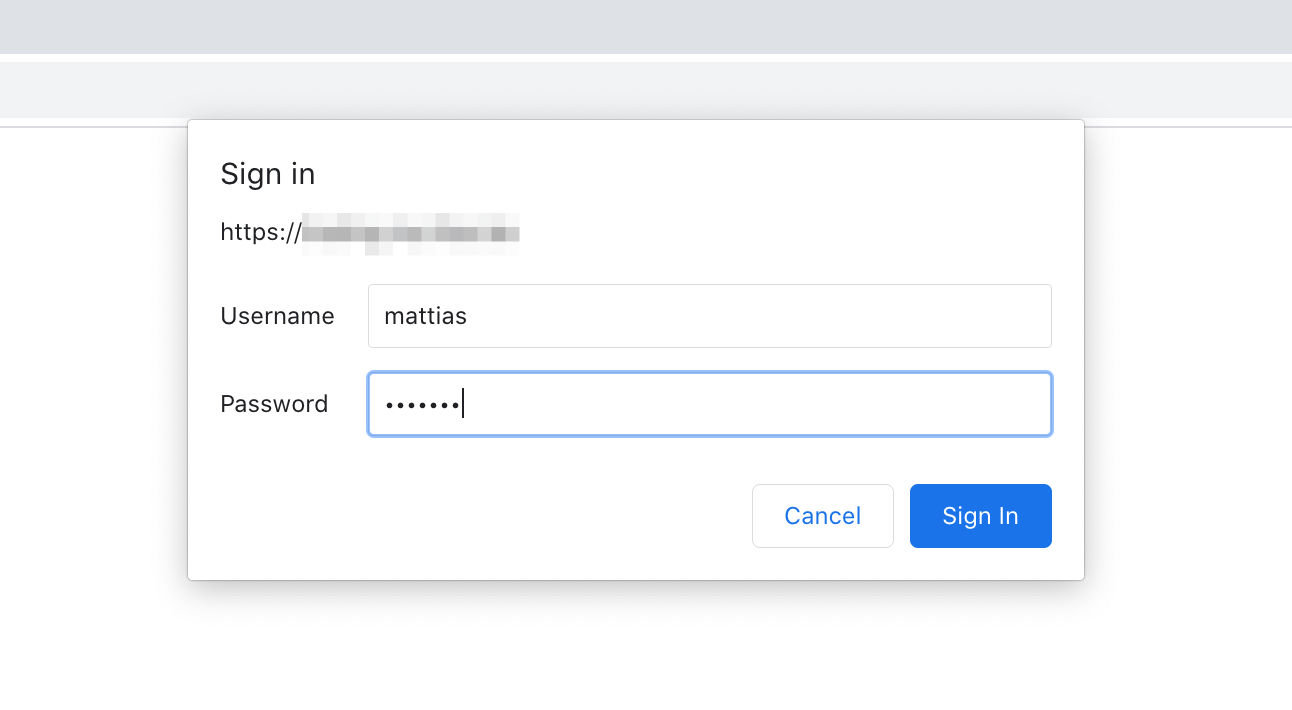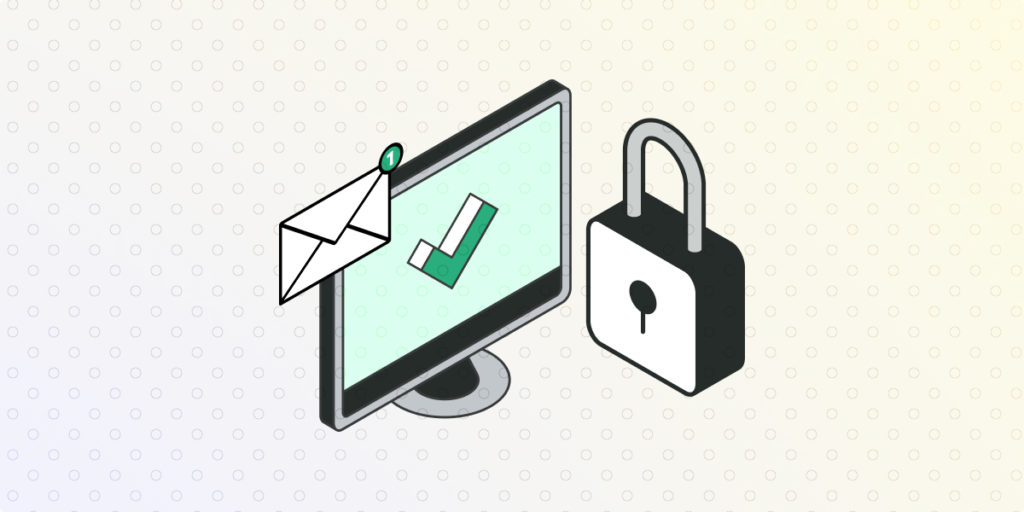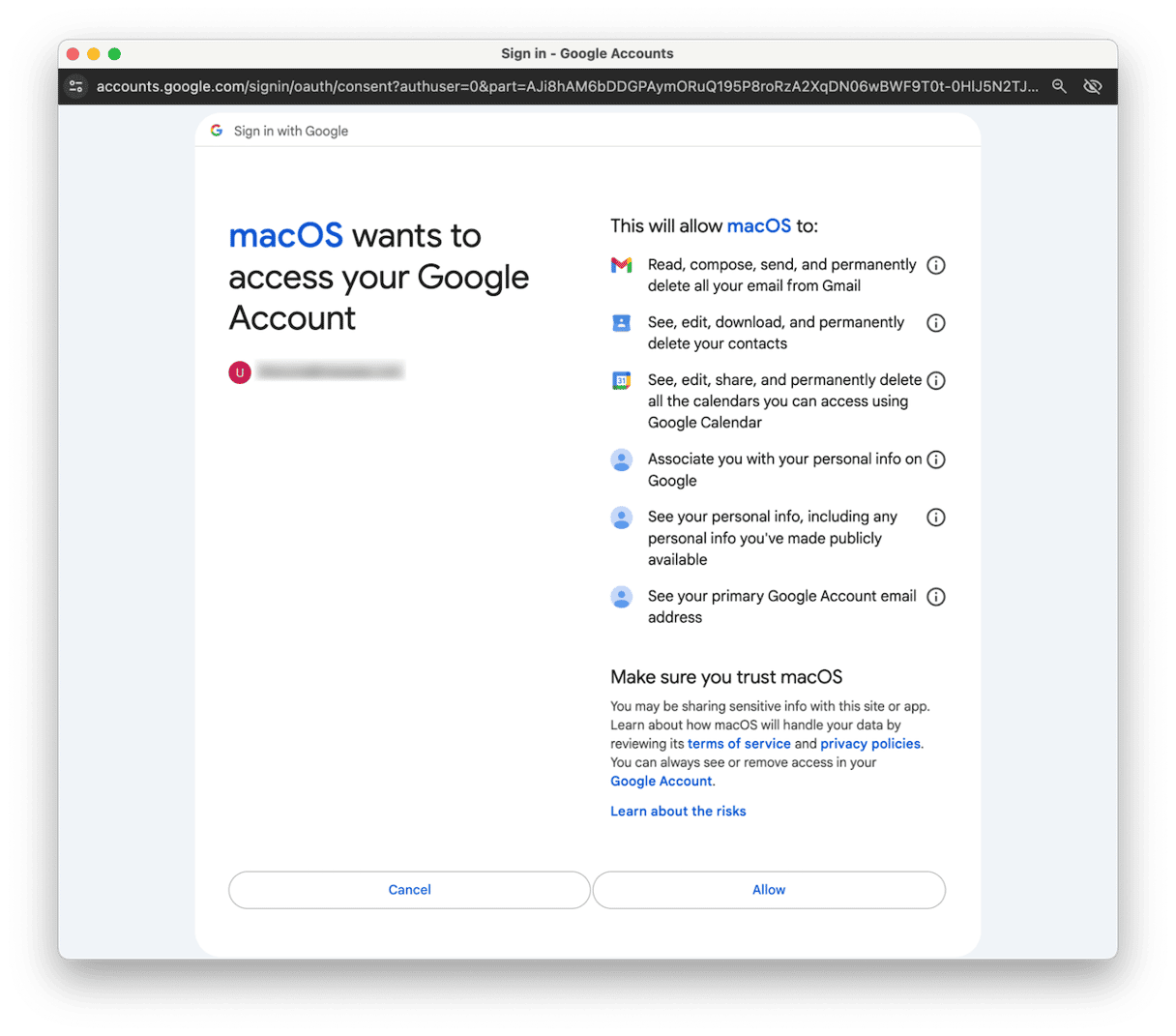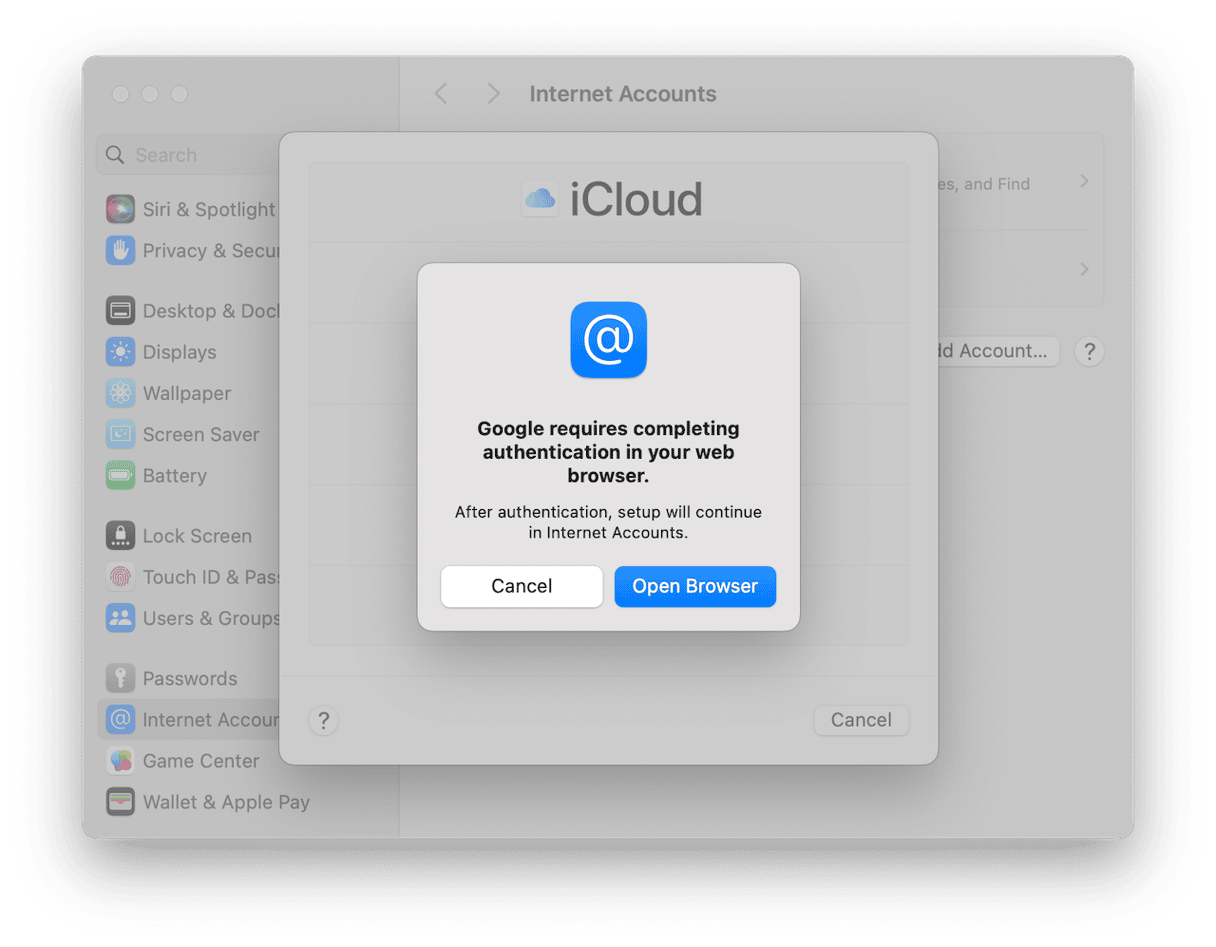Google Requires Completing Authentication In Your Web Browser.

URGENT: Google is mandating in-browser authentication for all users, effective immediately. This change impacts how you access Google services and requires immediate action to avoid service disruption.
The new policy requires users to complete a CAPTCHA or similar security challenge directly within their web browser to verify their identity before accessing services like Gmail, Google Drive, and YouTube. This shift aims to combat fraudulent activity and enhance account security.
Impact on Users
All Google users are affected globally. The rollout began this week and is expected to be fully implemented within days.
Users attempting to log in to Google services will be prompted to complete a security challenge in their web browser. This usually involves identifying images, typing distorted text, or other similar verification methods.
Failure to successfully complete the authentication may result in temporary account lockouts or restricted access to Google services.
The "How" of the New Authentication
The authentication process occurs directly within the user's web browser. No additional software installation is required.
Google uses its existing security infrastructure to implement the change. This includes CAPTCHA technology and advanced risk analysis algorithms.
The specific authentication method may vary based on the user's login history, location, and other risk factors.
Why This Change?
Google cites a significant increase in fraudulent account activity as the primary driver for this change. The company aims to reduce automated bot attacks and phishing attempts.
By requiring in-browser authentication, Google intends to ensure that only legitimate users can access accounts. This added layer of security makes it harder for malicious actors to gain unauthorized access.
This measure supplements existing security features like two-factor authentication.
Browser Compatibility
The new authentication is compatible with all major web browsers, including Chrome, Firefox, Safari, and Edge.
Users experiencing issues should ensure their browser is up-to-date and clear their browser cache and cookies.
Incompatibility issues should be reported to Google support immediately.
Potential Issues and Solutions
Some users may find the new authentication process inconvenient. Be prepared for the slight inconvenience when logging in.
Users with disabilities may encounter challenges with certain CAPTCHA types. Google offers alternative authentication methods in such cases, including audio-based CAPTCHAs.
For persistent issues, users are advised to consult Google's help resources or contact their support team directly.
Expert Opinions
Security experts are largely supportive of Google's move. The added security is worth the small inconvenience.
"This is a necessary step to protect user accounts from increasingly sophisticated attacks," says John Smith, a cybersecurity analyst at Veridian Dynamics.
However, some raise concerns about accessibility and the potential for false positives.
What You Need To Do Now
Be prepared to complete a CAPTCHA or similar challenge when logging in to Google services. Clear your browser cache if you encounter issues.
Ensure your browser is up-to-date. Double check for any browser extension interfering with CAPTCHA.
Familiarize yourself with Google's help resources for troubleshooting.
Ongoing Developments
Google will continue to refine the authentication process based on user feedback and security needs. More verification methods can be expected in the future.
Regular security updates will be released to counter emerging threats.
Stay informed about the latest developments by following Google's official announcements and trusted news sources.






